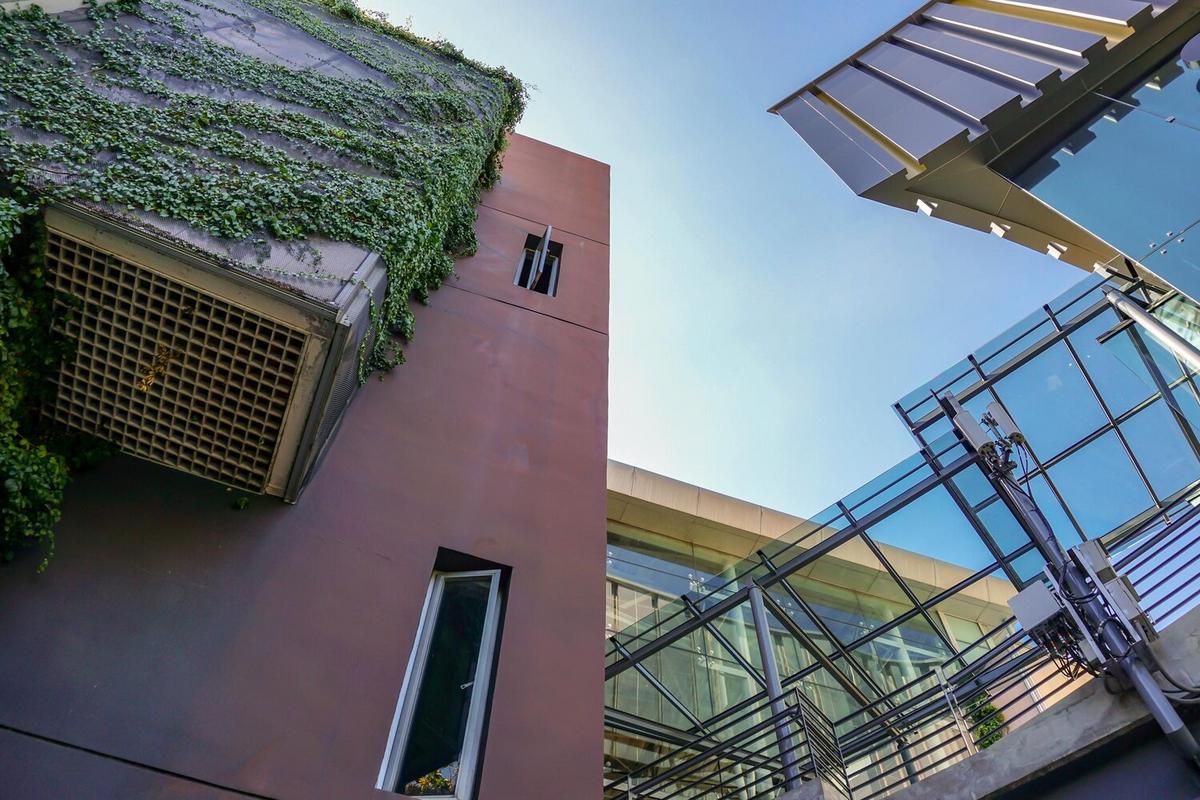
Retrofitting Old Buildings: Challenges and Opportunities
As cities around the globe strive to become greener, retrofitting old buildings presents a promising opportunity to enhance sustainability without the need for new construction. Transforming these historical structures into environmentally friendly spaces is both a challenge and an opportunity, offering a unique way to preserve cultural heritage while reducing carbon footprints.
Retrofitting old buildings involves updating their infrastructure to improve energy efficiency and environmental performance. This process is gaining traction as urban areas focus on sustainability. According to a report by the International Energy Agency, buildings account for nearly 40% of global energy consumption, making retrofitting a vital step in reducing energy use and emissions.
Challenges of Retrofitting
One of the primary challenges in retrofitting is maintaining the architectural integrity of the building. Experts like architect Emma Thompson emphasize the importance of balancing modern efficiency with historical aesthetics. Additionally, structural issues such as outdated electrical systems and insufficient insulation can complicate retrofitting efforts.
Structural and Design Challenges
Older buildings often lack the infrastructure to support modern energy solutions. For instance, installing solar panels on a centuries-old roof requires careful planning to avoid damage. Moreover, retrofitting must comply with local historical preservation laws, which can limit the alterations that can be made.
Financial Considerations
Retrofitting can be costly. However, government incentives and grants are available in many regions to offset expenses. The upfront costs may be significant, but they are often outweighed by long-term energy savings and increased property values.
Opportunities in Retrofitting
Despite the challenges, retrofitting offers numerous opportunities. It can significantly reduce energy consumption and greenhouse gas emissions. A study by the World Green Building Council found that retrofitted buildings can reduce energy use by up to 50%.
Enhancing Building Performance
Modern technologies allow for the integration of smart systems that optimize energy use. Retrofitting can include installing energy-efficient lighting, advanced HVAC systems, and high-performance windows, all of which contribute to a building’s overall sustainability.
Consider using energy modeling software to assess potential energy savings and plan the most effective retrofitting strategies.
Preservation of Cultural Heritage
Retrofitting not only improves energy efficiency but also helps preserve cultural heritage. By maintaining the historic character of buildings, communities retain their unique identity, attracting tourism and fostering local pride.
Practical Steps for Retrofitting
Here are some actionable tips for those considering retrofitting:
- Conduct an energy audit to identify areas for improvement.
- Research government incentives for financial support.
- Engage with experts in historical preservation to ensure compliance with regulations.
- Prioritize upgrades that offer the highest return on investment, such as insulation and heating systems.
| Retrofitting Component | Potential Benefit | Cost Implication |
|---|---|---|
| Insulation | Reduces energy loss | Moderate |
| High-efficiency HVAC | Low energy consumption | High |
| LED Lighting | Long lifespan | Low |
| Smart Controls | Optimized energy use | Moderate |
| Solar Panels | Renewable energy source | High |
| Energy-efficient Windows | Improves insulation | Moderate |
| Water-saving Fixtures | Reduces water use | Low |
| Green Roofs | Enhances insulation and biodiversity | High |
Frequently Asked Questions
Can all old buildings be retrofitted?
While most buildings can be retrofitted, some may face restrictions due to structural limitations or local preservation laws.
What is the first step in retrofitting a building?
Conducting an energy audit is crucial to identify potential improvements and prioritize them effectively.
Are there financial benefits to retrofitting?
Yes, retrofitting can lead to significant energy savings and increased property values, alongside potential tax incentives and grants.
Conclusion
Retrofitting old buildings is a promising path toward sustainability, offering a way to reduce energy consumption while preserving cultural heritage. By addressing the challenges and seizing the opportunities, communities can transform their architectural history into a sustainable future. Whether you’re a property owner or a sustainability enthusiast, embracing retrofitting can make a tangible impact on both the environment and the economy.


